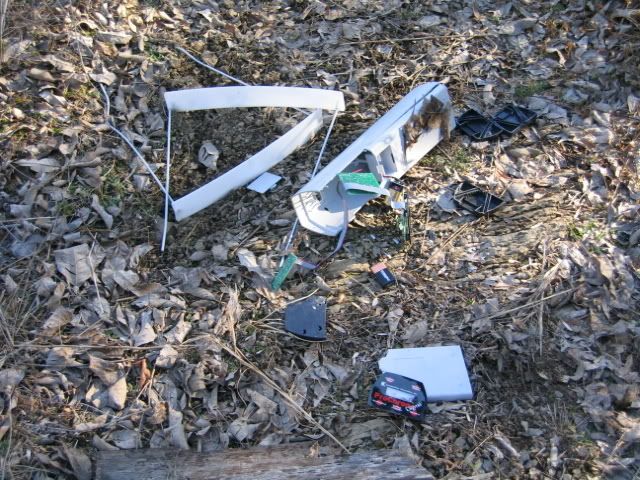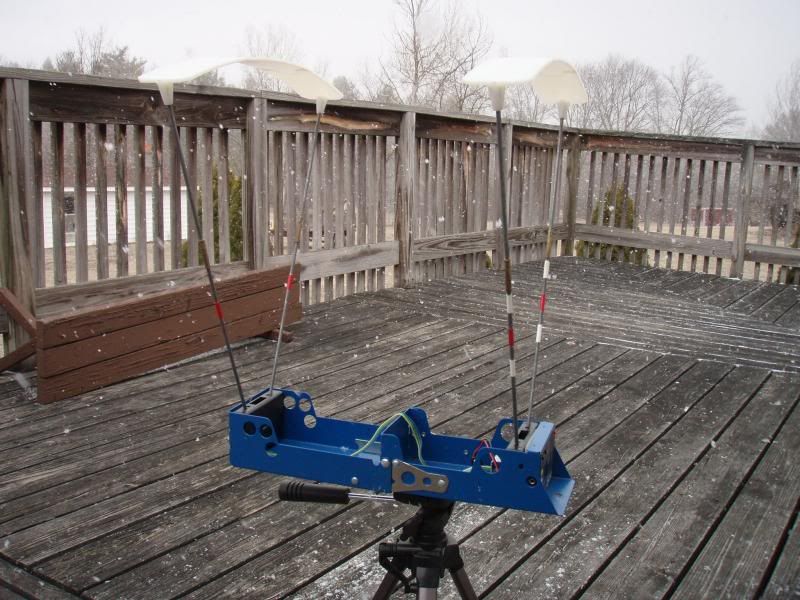Ridgerunner665
Handloader
- Oct 28, 2008
- 2,516
- 298
An article very much worth reading...seems too may folks think chrono's work best in direct sunlight...newsflash...they don't.
http://precisionrifleblog.com/2012/07/2 ... liability/
Myself...I use a cheapo CE ProChrono Digital chrono (~$100)...I've had 3 of them over the last 10 years, shot the first 2...one while getting downrange (800 yards) velocities on a 300 WM, the other I plugged with a 45acp from about 10 feet...both were one shot kills.
Its not rocket surgery to set up a chrono...just some things you need to know and understand, all of which are covered in the linked article.
Me...I make sure the chrono is in the shade on sunny days, I make sure I fire directly across it, I leave the diffusers on all the time, and I make sure to keep a good battery in it....using my cheapo chrono in this way I've never had a single failure to read error or a velocity reading that I didn't trust...optical chrono's do work, they just have their "quirks".
From the article...
http://precisionrifleblog.com/2012/07/2 ... liability/
Myself...I use a cheapo CE ProChrono Digital chrono (~$100)...I've had 3 of them over the last 10 years, shot the first 2...one while getting downrange (800 yards) velocities on a 300 WM, the other I plugged with a 45acp from about 10 feet...both were one shot kills.
Its not rocket surgery to set up a chrono...just some things you need to know and understand, all of which are covered in the linked article.
Me...I make sure the chrono is in the shade on sunny days, I make sure I fire directly across it, I leave the diffusers on all the time, and I make sure to keep a good battery in it....using my cheapo chrono in this way I've never had a single failure to read error or a velocity reading that I didn't trust...optical chrono's do work, they just have their "quirks".
From the article...
You’ll get the best readings with even lighting. Best case scenario is overcast skies, and worst is direct sunlight on the skyscreens.
Remove diffusers in overcast or shaded conditions. The diffusers are only necessary in sunny conditions, and by removing them in other conditions you’ll allow more light into the chronograph. I leave the diffusers on all the time...
On sunny days place the chronograph in the shadow of a building or opaque wall. Ensure the sensors have a clear view of the sky, but the chronograph itself is in the shade. You could alternatively add sun shields to create a shadow (see Advanced Techniques section for more details). The goal is to eliminate direct sunlight on the chronograph, while still ensuring the sensors have a direct view of the sky. However, avoid placing the chronograph in the shade of a tree. The uneven, dappled sunlight that filters through the tree will cause more problems than it will solve.
Avoid low light conditions, such sunrise and sunset. During those times the extreme low angle of the sun can cause additional issues due to reflections.
Clean skyscreens. If you’ve used your chronograph more than a dozen times, there is likely a build-up of dust on the sensors. Use a Q-tip or canned air to clean the lenses, being especially careful not to scratch them.
Ensure chronograph is level
“No mere gadget, the chronograph is one of the most powerful tools imaginable in load development and problem diagnosis. A bullet’s velocity is one of the major contributors to its behavior, and if you don’t know what its velocity is, you may never understand that behavior. But knowing why the bullet behaves as it does, you can take intelligent corrective action that wasn’t available to you before.”
– Dan Hackett, Precision Shooting Magazine









